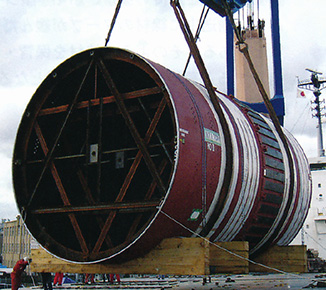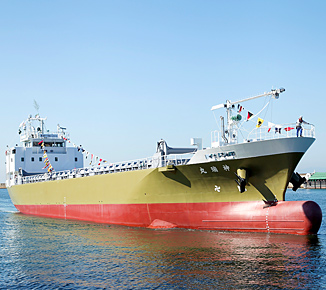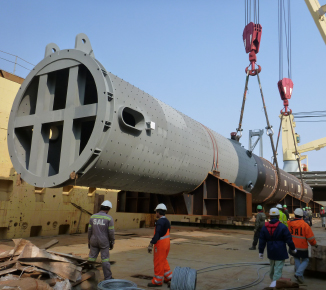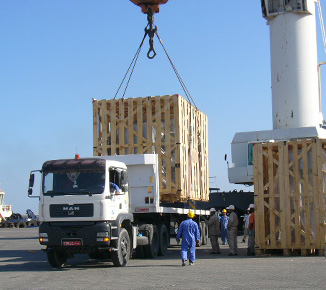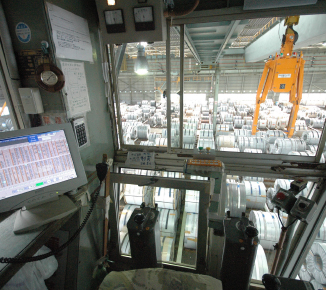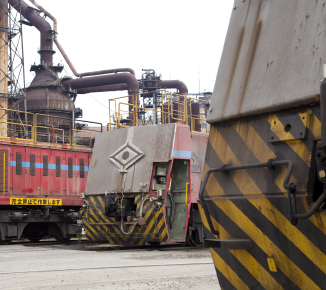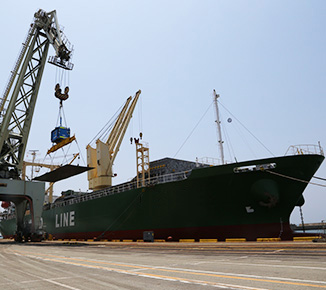The three pillars of our port logistics business are loading, unloading, and barge transport services. The Company unloads steel raw material, loads steel products, and provides other services at the Port of Kobe and the Port of Higashi-Harima. We employ highly skilled staff, including foremen who oversee all aspects of unloading cargo, delivery operators who handle all operations from warehousing products to loading ships, and crane operators who are directly involved in loading ships. In addition, we perform agency operations, such as preparing and adjusting charter agreements related to intra-port transportation, as well as customs clearance services mainly for steel exports. We work hard to support shippers in these and many other ways.
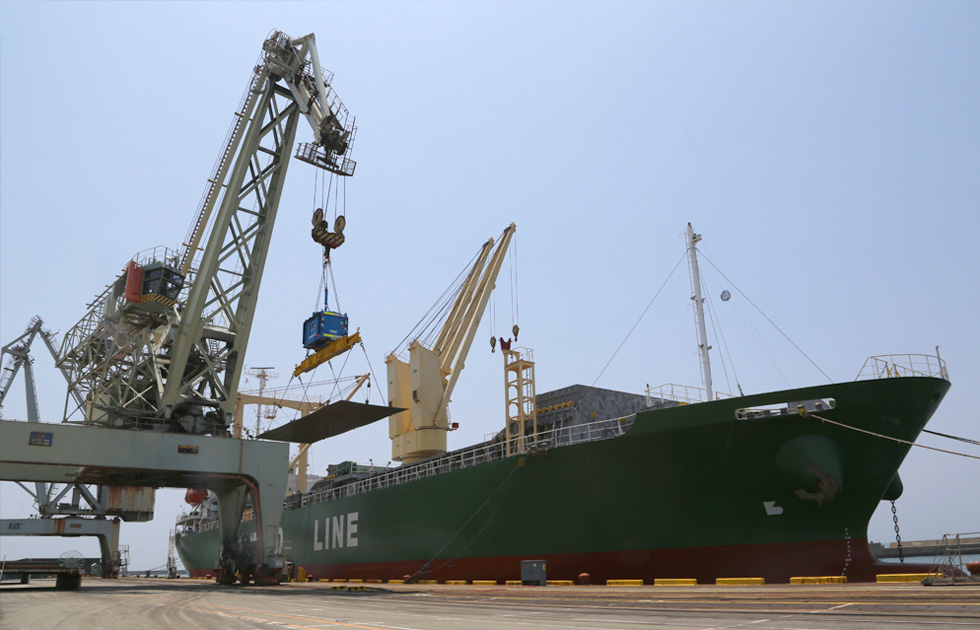


 Menu
Menu

















